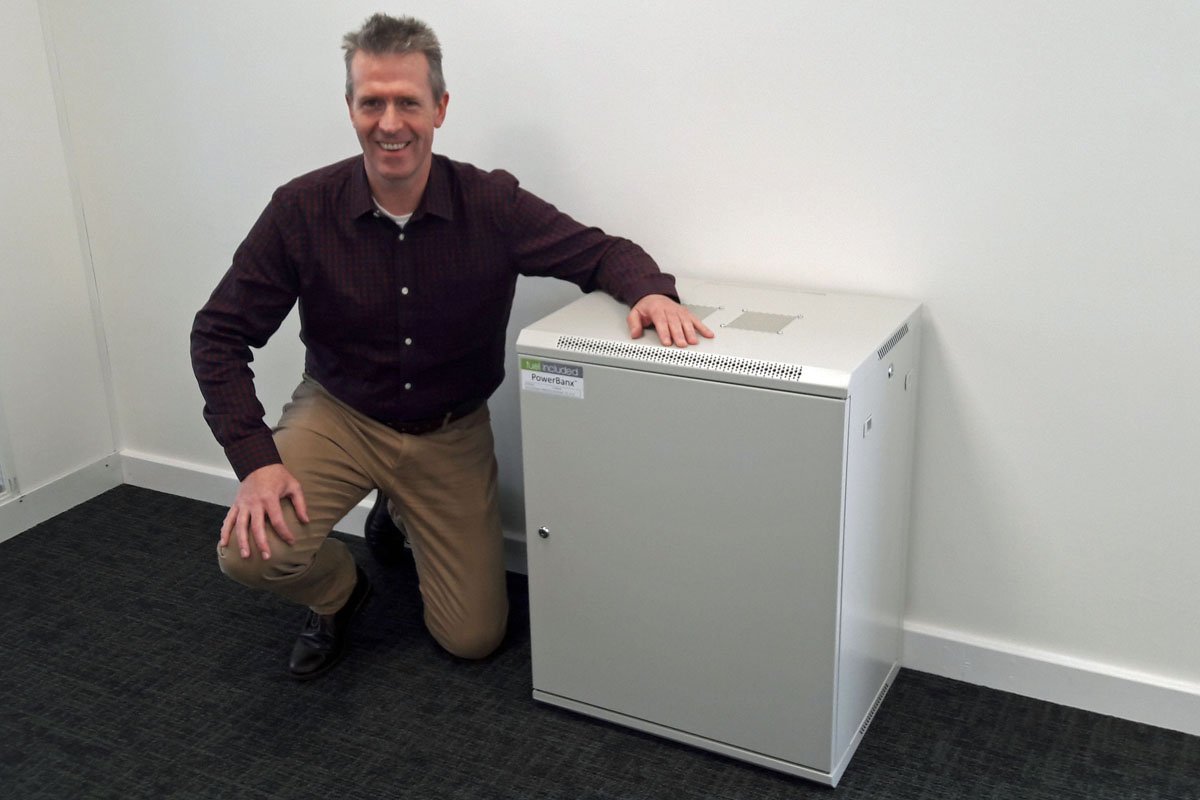Demand for residential energy-storage is surging in the U.S., with more capacity installed in the second quarter than in all of 2017.
Consumers installed home batteries with 57.5 megawatt-hours of storage capacity last quarter, according to a report Wednesday from the Energy Storage Association and Wood Mackenzie Power & Renewables. That’s more than the 39.8 megawatt-hours added during all of last year. It was also the first time residential storage exceeded big utility-scale projects, which totaled 51 megawatt-hours for the quarter.

Declining costs are helping drive the surge in energy storage, along with wider availability of solar-plus-storage products. At the same time, consumers are showing more interest in generating and using their own power, and utilities are starting to impose time-of-use rates with prices that vary depending on when electricity is consumed. California will soon require solar atop almost all new homes, which should encourage greater battery adoption.
The residential market is “moving beyond simply being a cool toy and into something that’s being widely deployed and used by people across the country,” said Brett Simon, a senior analyst at Wood Mackenzie Power & Renewables, in an interview.
Read more: Bloomberg


